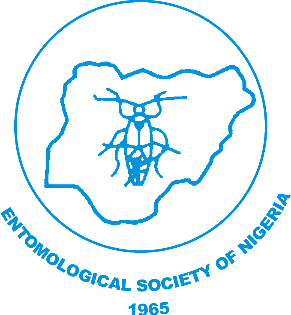
Nutritional Composition Profile of Mealworm Larvae (Tenebrio molitor) Reared on Different Substrate: A Potential Protein Substitute for Fishmeal
NJE Vol. 40(2): 92-100, 2024
DOI.10.36108/NJE/4202/04.0270
*1Iyapo K. A., 2Adewole A. M., 3Sule S.O, 4Oluwatobi A. S., 5Olofintoye B.O.
1,4,5Department of Natural and Environmental Sciences, Ojaja (formerly Crown-Hill) University, Eiyenkorin, Ballah Road, P.M.B 1605, Kwara State Ilorin, Nigeria.
2Department of Animal and Environmental Biology, Adekunle Ajasin University, Akungba -Akoko, Nigeria.
3Department of Animal Forestry Wildlife and Fisheries, Olabisi Onabanjo University, Ayetoro, Ogun State,
Nigeria
Correspondence email:iyapokafayat76@gmail.com/kiyapo@crownhilluniversity.edu.ng ORCID: 0009-0005-7009-4713
Abstract
Mealworm (Tenebrio molitor) insect meal has been adjudged a protein source for human and livestock consumption. Substrates of agricultural by-product are been used to rear this insect, and it is of importance to investigate the implication of substrate on the content of the end product. This study was conducted to assess the nutrient composition of T. molitor cultured on three grain by-products as growth substrate media [Rice Bran (RB), Corn Bran (CB) and Wheat Bran (WB)] for 90 days. Harvested larvae were sundried, ground into powder and analysed for proximate composition as well as mineral content and the data statistical analysed. Protein was highest in CB reared larvae 51.33% with least in RB reared larvae 46.74%. Fat was high in all sampled substrate reared mealworm. Ash content in CB and WB was significantly different (P<0.05) from RB reared larvae. Macro mineral Mg and Na are not significantly different, while micro mineral profile showed significant variations (P<0.05). The nutritional composition of T. molitor in this study positioned it as a potential substitute for incorporation into fish feed formulation as animal protein source.
Keywords: Corn bran, Fish feed, Fishmeal, Rice bran, Tenebrio molitor, Wheat bran
